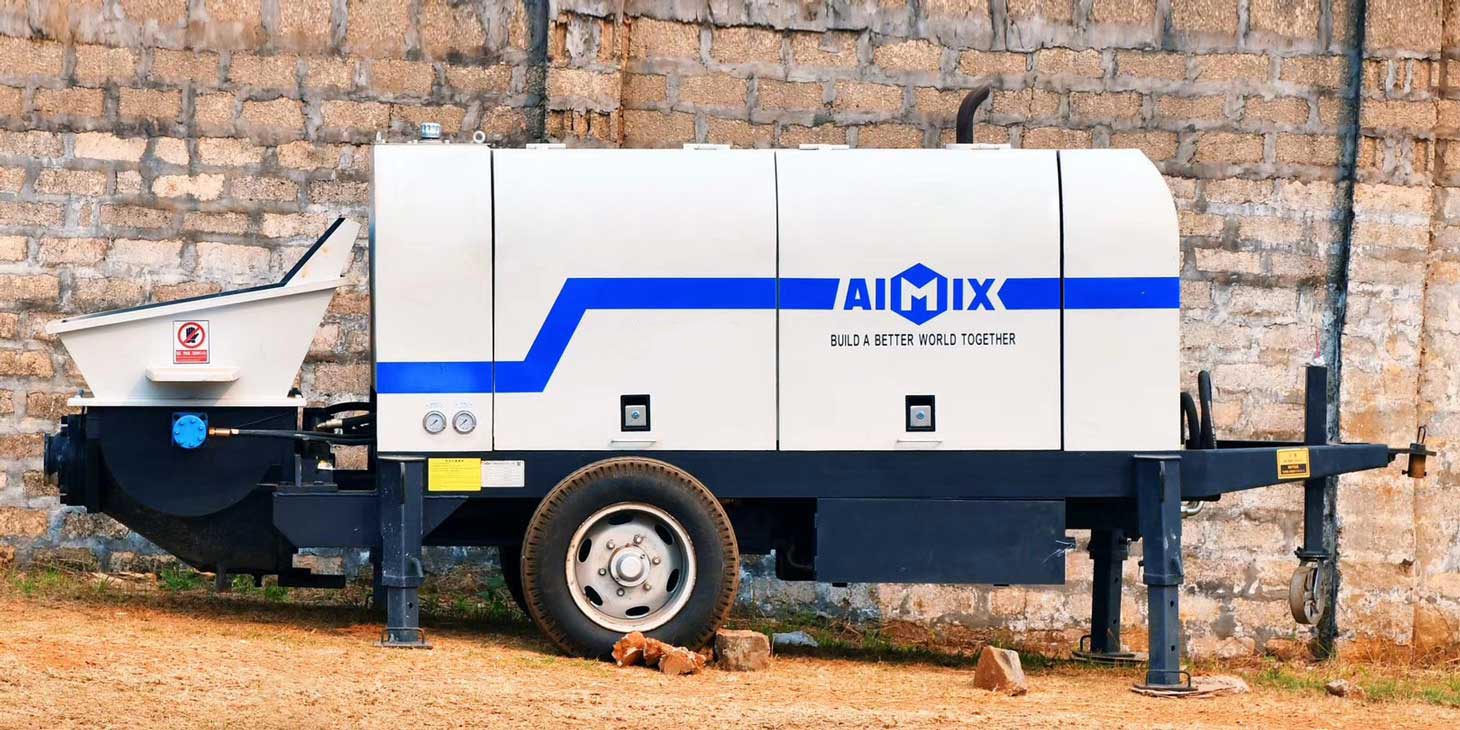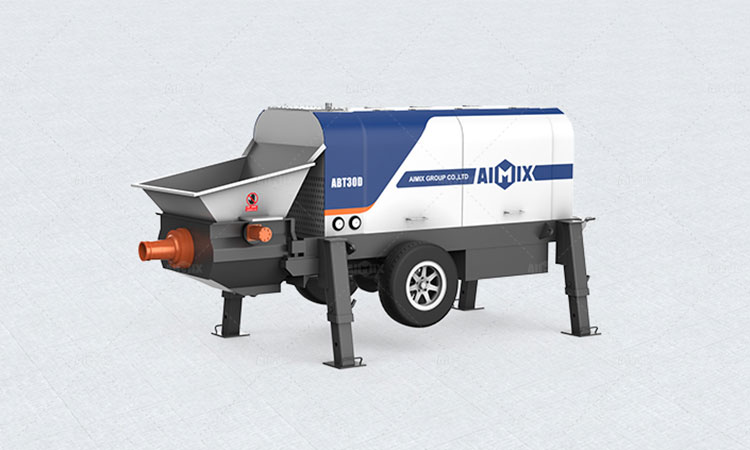Stationary concrete pumps are critical assets in modern construction projects, facilitating the efficient transfer and placement of concrete in challenging locations. Budgeting for such equipment requires a strategic approach to ensure that the chosen pump meets project requirements without exceeding financial constraints.
Here’s a comprehensive guide to budgeting for a stationary concrete pump, encompassing both the initial acquisition and ongoing operational costs.
Project Analysis: Determining Concrete Pump Requirements
Accurate budgeting begins with a thorough analysis of your project’s specific needs.
Evaluating Concrete Usage and Placement Needs
Quantify the total volume of concrete required for the project and the rate at which it will be poured. This data will influence the selection of a pump with the appropriate capacity. Consider the vertical and horizontal distances the concrete must travel, as this will impact the pump’s pressure capabilities and hose configurations.

Additionally, assess the pour patterns and schedule to determine if a single pump or multiple pumps will be necessary to maintain the flow of concrete without interruption.
Assessing Site Conditions and Logistics
Examine the accessibility and layout of the construction site. Evaluate potential obstacles such as narrow access points, rough terrain, or overhead restrictions that could affect the positioning and operation of the concrete pump. These factors will influence the types of concrete pumps required and the associated logistical costs.
Financial Planning: Budgeting for Acquisition and Operation
Financial planning involves a careful consideration of both the initial investment and the long-term operational costs.
Direct Costs: Pump Acquisition and Rental Considerations
Direct costs include the purchase price or rental fees of the stationary concrete pump. Rental agreements may offer flexibility for short-term projects, while purchases can be more cost-effective for long-term or repeat use. Compare the total cost of ownership over the project’s duration to make an informed decision.

When budgeting for a purchase, consider factors such as depreciation and resale value. For rentals, account for any additional fees for extended use, maintenance, or damage.
Indirect Costs: Additional Expenses and Contingencies
Indirect costs encompass transportation, installation, dismantling, and any necessary modifications to the site. Factor in the cost of concrete hoses, couplings, and other accessories. Additionally, budget for contingency funds to cover unexpected expenses or delays that could impact the pump’s operation.
Strategic Selection: Optimizing Pump Efficiency and Cost-Effectiveness
Choosing the right pump is essential for optimizing efficiency and cost-effectiveness.
Performance and Capacity Specifications
Focus on the pump’s performance specifications, such as maximum pressure, output capacity, and the range of concrete types it can handle. Select a pump that meets your project’s requirements without overestimating, as larger or more powerful pumps can lead to unnecessary expenses. Choosing a best pump here: https://aimixconcretesolution.com/concrete-pump/.
Maintenance, Repair, and Operator Training
Account for the costs of regular maintenance, repairs, and the training required for operators. A well-maintained pump can reduce downtime and extend the equipment’s lifespan, while skilled operators can enhance efficiency and reduce the risk of accidents or misuse.
By carefully navigating these considerations, you can create a comprehensive budget for a stationary concrete pump that aligns with your project’s objectives and financial limitations. Proper planning will not only facilitate the successful completion of your construction project but also optimize the return on your investment in AIMIX concrete pumping equipment.
Remember, the budgeting process is not a one-time event; it requires ongoing monitoring and adjustment as the project progresses. Regularly review your budget against actual expenses to identify any variances and make necessary revisions. This proactive approach will help ensure that your concrete pumping operations remain on track and within the allocated budget.
In conclusion, budgeting for a stationary concrete pump on your next construction project is a multifaceted endeavor that requires a systematic analysis of project requirements, thoughtful financial planning, and strategic equipment selection. By following the outlined steps, you can establish a budget that supports your project’s needs while maintaining fiscal responsibility.
